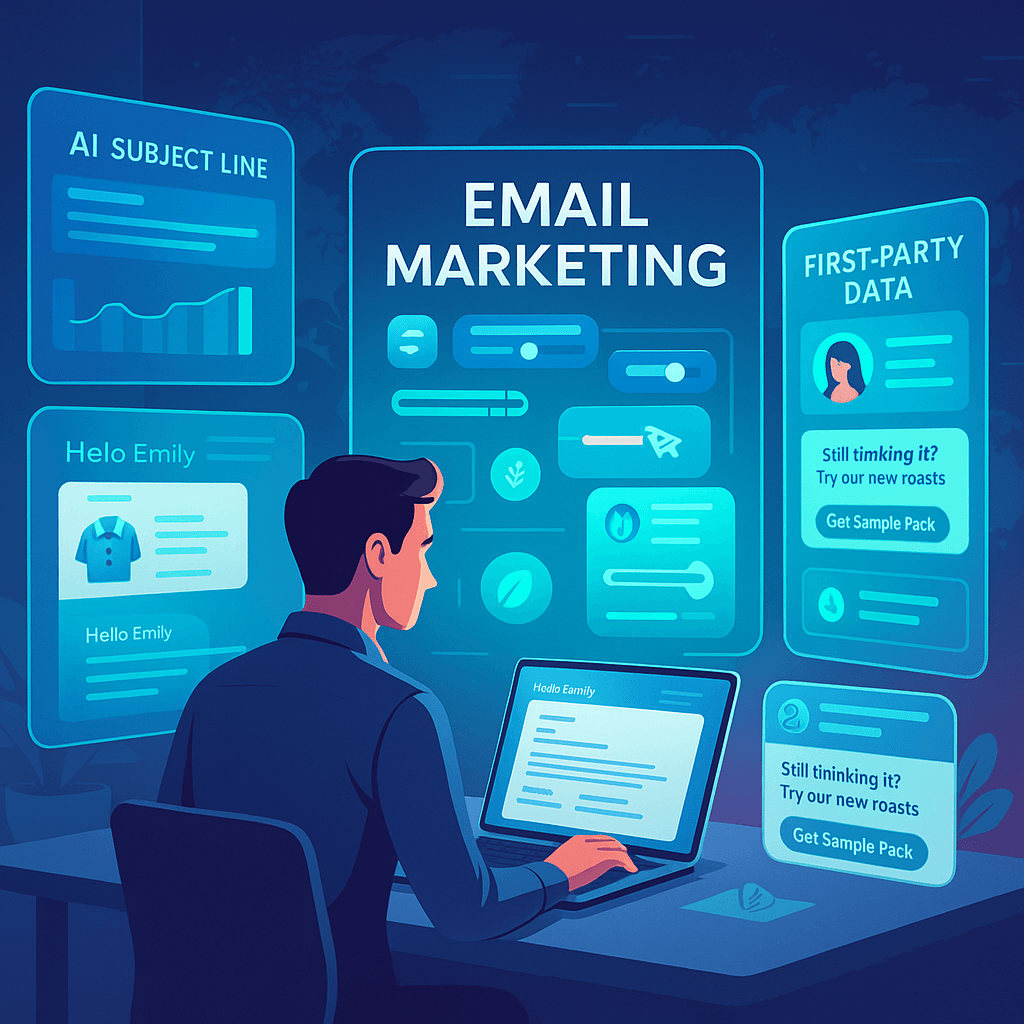Digital content stands at an exciting crossroads between now and 2025. With technology evolving and audiences’ preference shifts, content creators confront a major challenge to determine what really grabs and retains attention from viewers within a rapidly changing media environment.
The Changing Dynamics of Content Consumption
A few years ago it was common knowledge that audiences who used digital devices preferred smaller, fast-consuming, high-quality information. Scrolling on social media and quick consumption of information seemed to be the objective. But 2025 reveals an entirely different story, one that isn’t easily categorized and challenges the conventional notion of the role of content.
The length of content isn’t an easy formula. The quality of content produced digitally is dependent on an intricate interplay of elements, such as the target audience, subject complexity and distribution platforms, as well as the specific intent of the user. What is effective as a technical manual could be a failure when it comes to a piece of lifestyle content, and conversely.
The Renaissance of Long-Form Content
Incredibly, content that is long-form has seen a dramatic rise. Contrary to expectations of shrinking focus, long-form, extensive articles are gaining significant interest. The shift could be due to various reasons.
Search engines have become more sophisticated and are now focusing on information that is comprehensive and reliable. The longer articles that are more in-depth about an issue are more likely to appear higher on the results of a search. It’s not just about the word count, it’s the content that must be valuable and provide complete information.
In addition, in this age of skewed information and surface-level material people want authenticity and depth. The long form format allows content creators to offer nuanced explanations, provide different perspectives and show their expertise in the subject. This is a chance to establish confidence and build trust amid a world full of quick interactions with technology.
The Continued Relevance of Short-Form Content
Although long-form content has found its place, short-form content is still a crucial element to the digital landscape. Mobile devices still dominate media consumption and platforms such as TikTok as well as Instagram thrive on clear, effective, powerful messaging. Content that is short and concise can attract instant attention, providing engaging messages and urging users to share their content quickly.
Certain topics are ideally suitable for short-form content – news, information on breaking news, short tutorials, and instant solving content can are better served by a condensed strategy. It is important to know how to best utilize each type of format.
A Holistic Content Strategy
The most efficient strategies for creating content by 2025 employ an edgy, multi-faceted approach. The focus is no longer on choosing between shorter-form or long-form rather, creating a comprehensive media ecosystem that caters to various needs of the audience.
Artificial Intelligence has been a major factor in the evolution. AI tools are now able to evaluate the optimal length of content to specific subjects, forecast the potential for engagement, and offer information that was previously difficult to find. The systems that recommend content have become more sophisticated and are able to comprehend more than just what users read, however, how they interact with the content.
Beyond Word Count: True Engagement
In 2025, success is judged not just by word count or views. Today, the most crucial metrics are the depth of interaction with readers as well as time spent on the pages, frequency of social sharing as well as the actual value that is that the reader receives.
Modern content creation focuses on making a real connection. It doesn’t matter if it’s a quick 200 words guide, or a 2000-word deep analysis, content should be of real value, address users’ questions and generate an authentic involvement.
The Human Element
The most important aspect of the content we will see in 2025 will be the human element. In spite of technological advancements, audiences are still looking for genuine, well-crafted content that is directly addressing their desires, needs and hopes.
The most successful creators of content are the ones who mix technological insight with human stories. They know that behind every move, click, there’s an individual searching for information, entertainment or a solution.
Conclusion
There is no one-size-fits-all formula for successful content. Most effective is a strategy with a context-specific approach which adapts to the specific needs of each user needs, requirements for platforms and goals for content.
The key to success is understanding the audience you are targeting, delivering authentic value, and open to change and experiment. You must create contents that don’t simply draw interest, but really create a sense of connection and resonance.
Are you ready to transform your strategy for content? Let’s make content that will connect!





